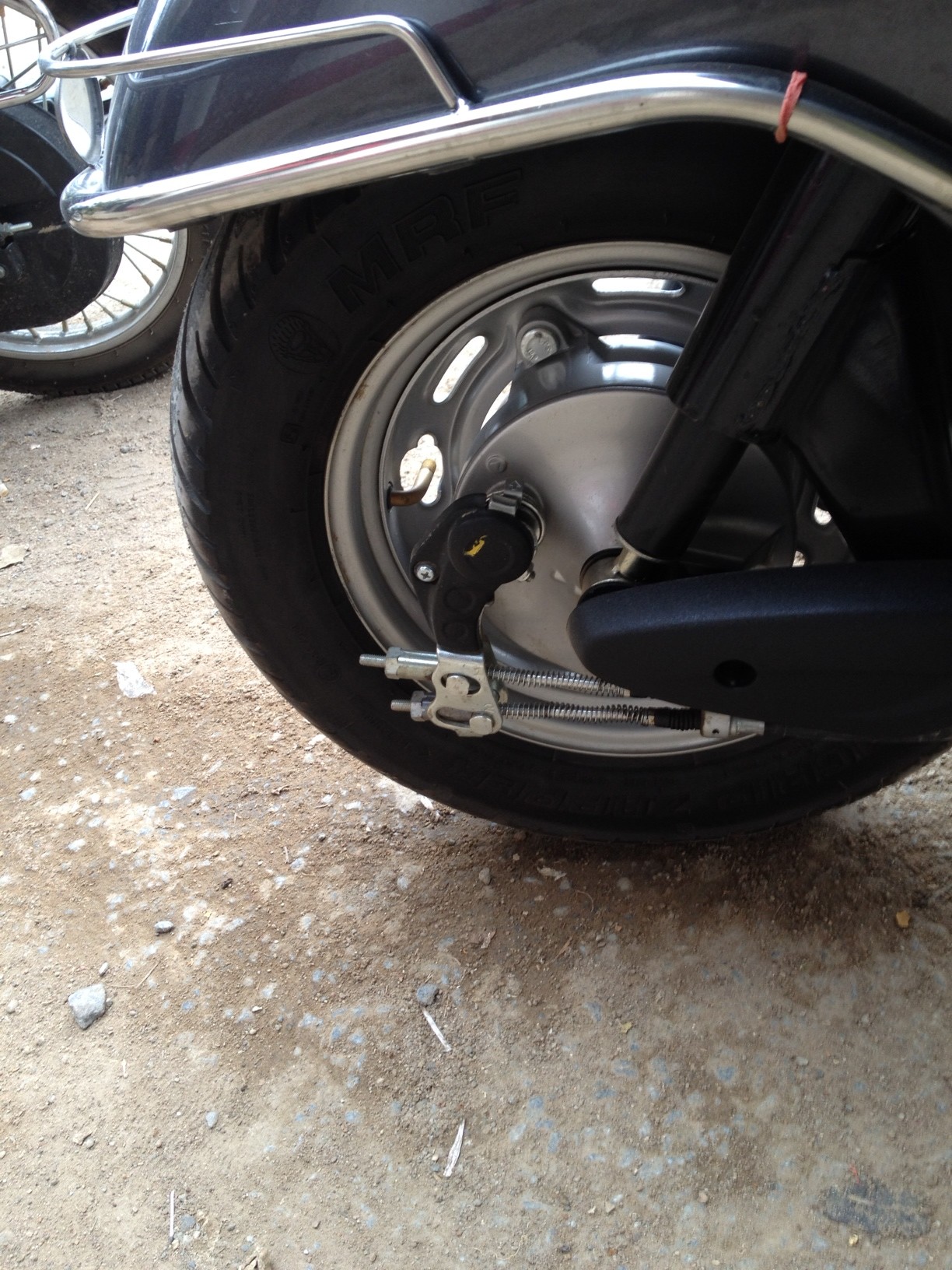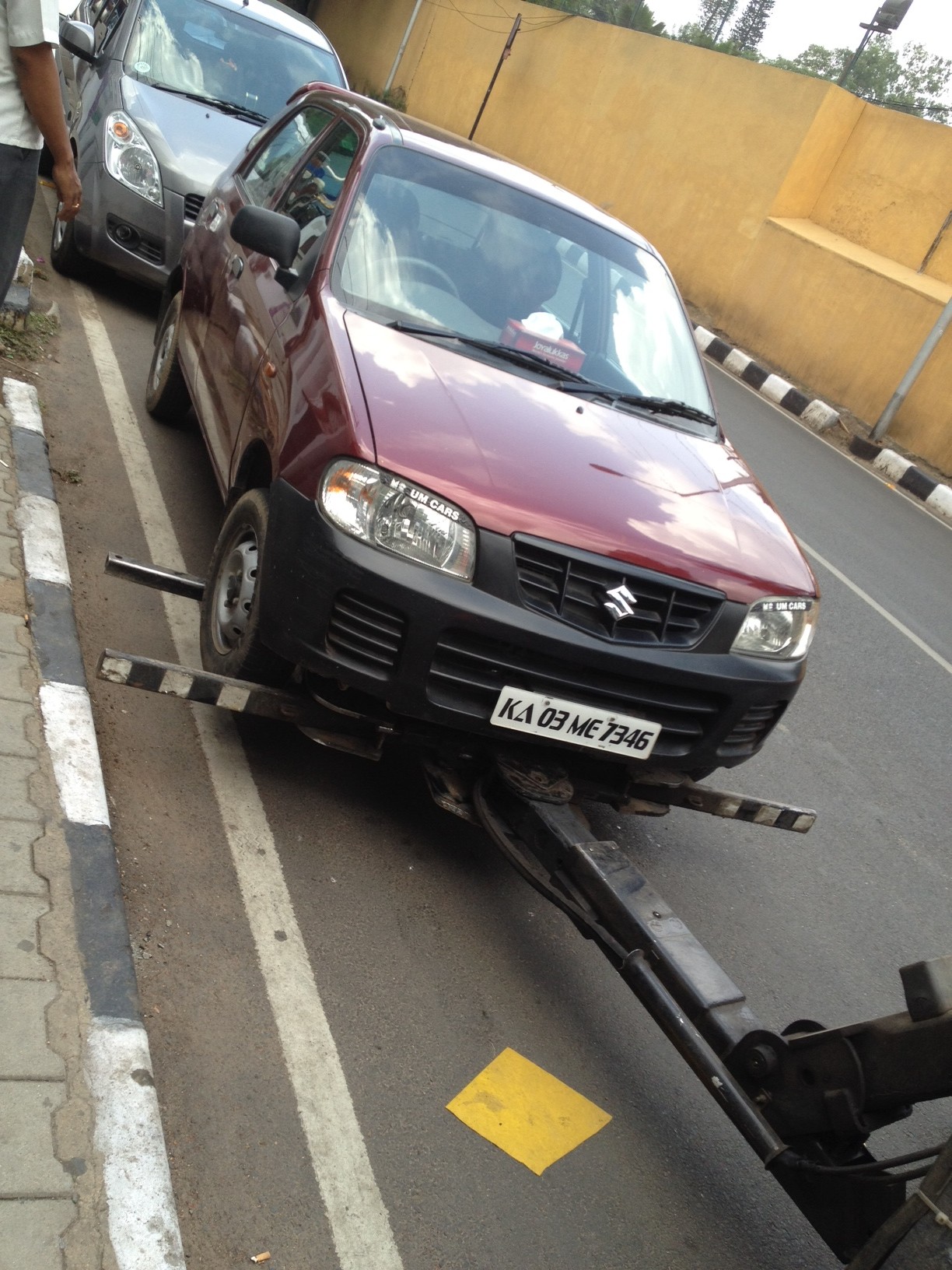Commuting in Bangalore can be a soul-draining adventure for some of us. After all, it ranks in the top-10 worst cities in the world’s worst cities for commuting. Public transport is sparse, over-provisioned (i.e. runs with more people per bus than it should), terribly slow, and generally lacking in many routes.
Size and numbers
Ten years ago, it was a big two-wheeler scene. One could spot the various Bajaj and Kinetic Honda scooters. And motorbikes like Bajaj Calibre. Nowadays, it’s a huge four-wheeler scene — starting from a humble Tata Nano going all the way up to the Porsches and Audis that cost more than 3 decent residential flats. What hasn’t changed is the road capacity. The number of vehicles has surely increased (hundreds of new vehicles enter the roads each day) and so has the size each occupies in the streets.
This growth has not only affected commute times, but also: pollution levels, anxiety and stress levels.
Driving licenses
One of the major failings of the traffic system here is the fact that driving licenses are given out without sufficiently satisfying tests that demonstrate one’s ability to follow traffic rules — which are there for good reasons. Traffic rules provide a protocol of behaviours one is expected to follow on the roads. Without them, it takes time for interacting entities on the road to figure out what to do in a new type of situation they’ve encountered, affecting those around them as a result. This exact behaviour may not even be reproducible were a similar initial condition to arise again. Rules cut down on time and produce standard operating procedures to follow at appropriate initial conditions.
False assumptions and enforced safety

There seems to be a general misunderstanding with how the brakes of a vehicle are to be operated. Many think that applying the front brakes is asking for trouble because it might topple them forward and therefore never apply the front brakes and depend solely on those on the back. This results in skids. Manufacturers that aren’t myopic (i.e., the ones that think “maybe if we build an image of producing safe vehicles, we might get more customers in the long run”) do things like: a. offer full safety features on all of their models and not just the “top-end” ones. (Honda does this, Indian manufacturers such as Tata or Mahindra don’t), b. shunt the front brakes too with the back brake levers so that the back brake levers never operate alone and always applies the front brakes too. (Honda’s two-wheelers do this: see picture)
Pointing fingers
The players: two wheelers, three wheelers (auto-rickshaws with a handler-bar steering), four wheelers (cars and upto buses), and the traffic police.
Nineteen out of twenty people wouldn’t use the rear-view mirrors when breaking their straight, onward path. Some make attempts to look back before shifting their directions on the road, but why not just use the rear view mirrors and be aware of what’s happening of the front too at the same time? This is a general problem with all of them.
Two wheelers have a tendency to take sudden zig-zag paths on the road with complete disregard to those behind them. Some can be found texting or speaking on their phones in one hand while handling their two wheelers with just the one other hand.
Four wheelers, too, sometimes perform the similar sudden zig-zag movements, but not as much as the two wheelers. Cars are generally okay to bear except the cabs who are similar to the three wheelers. Buses are not the way they once were — gracious.
The three wheelers are probably the most irritating of them all because their primary prerogative on the road is to be on the road and not to reach some destination and get off the wheels and on with their lives. The three wheelers work is to be on the road, for hire. When they’re on hire, exhibit the agile zig-zagging behaviours similar to the two wheelers while also being more dangerous because of the width of space they occupy. When they’re not on hire, they tend to slow down everybody else by sticking to the middle or the right most lanes and not using the left most one instead. They barely use indicators, if ever.
Everybody plays the game of tetris on the road. Many do not use indicators when wanting to take a turn or to stop, let alone using the rear-view mirrors to ascertain whether to do so is safe in the first place. Vehicles are parked just about anywhere with utter disregard to how it might be affecting others.

It’s just downright horrendous. tiring and grossly representative of a mindset that doesn’t respect or value others’ safety, if not their own.
I just wish all driving licenses were invalidated and everyone made to start all over again with stricter tests.
2 replies on “On road-sense in Bangalore”
Driving in Mumbai and now in Doha, I think that the drivers are the last one’s that are to be blamed for this. The roads around the world are spacious well laid out.
In our cities most traffic rules are not worth following because of the condition of the roads,this automatically leads to situations where people start breaking rules to reach places in time and ultimately such driving becomes a habbit.
You’re assuming people know the rules in the first place — and by my observation of events lately, a majority of motorists on the road don’t seem to.
I’ve also heard of much stricter examinations for getting a drivers license in countries such as the UK.